«Memory is cultural heritage and the seed of future memories», said Maria João Pereira Neto, one of the co-authors of the photography book “Aljezur 1869~1969 | Memories”, during its launch, with a full house, at Espaço+ in Aljezur, last Saturday.
It was a session marked by emotion, which often clouded the voices of the participants and rose to the eyes of those who listened. «Aljezur appears as a place in the memories of the authors and all recipients of this work, many of whom contributed actively and committed to its construction, by giving part of their memories, their records and images, their personal, family and intimate, in a solidary and identity sharing, for the preservation of a common heritage», added that professor and researcher of the Research Center in Architecture, Urbanism and Design of the Faculty of Architecture of the University of Lisbon – CIAUD, herself Aljezurense with heart and soul .
Or, as José Gonçalves, president of the Chamber, would say, «these photographs, many of them unpublished, are the soul of the people of Aljezur, from Odeceixe, passing through Rogil, Aljezur and Bordeira».
And to find them, it was even necessary to go deep into private memories and public archives. «We went to search the trunks of the families here on earth», but also the archives of photographers who, over the decades, have passed through the town and recorded in images the people, the festivals, the events, the landscapes, the streets, as João recalled Mariano, photographer and founder of company 1000 eyes, the other co-author of the book he prefers to call an “album”.
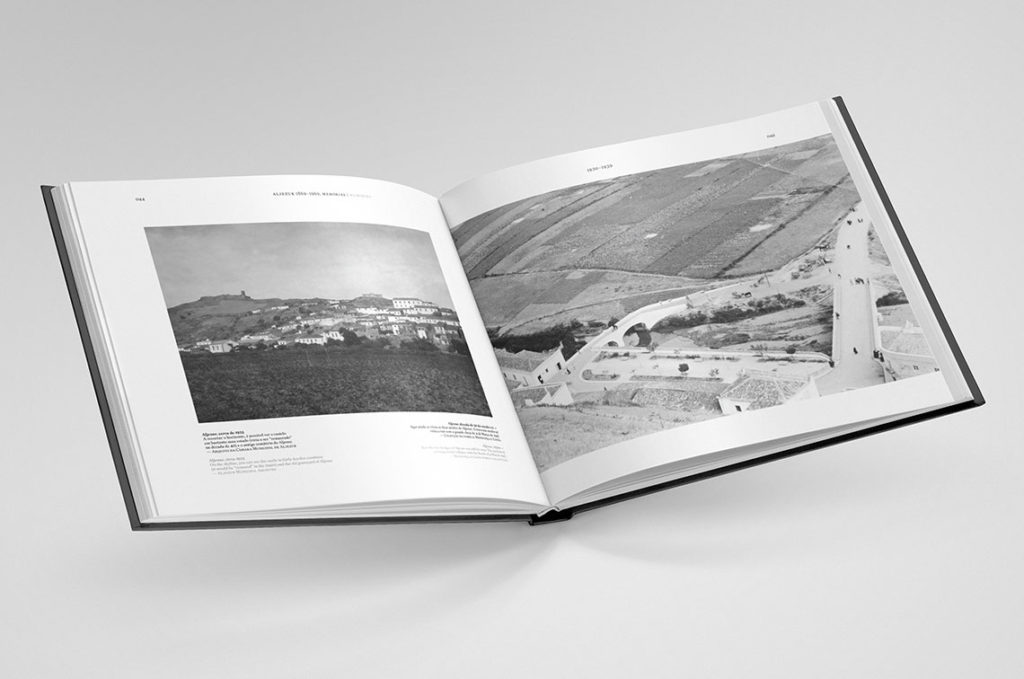
João Mariano, who, with his wife Lénia Santos, also ensured the technical and editorial coordination of the work, guarantees that the two years of work to prepare this publication were «a long and painful process». But, in this task, they had access to an immense amount of images, in such a way that João guaranteed that he never thought “that there were so many records and so old”, with “fabulous photographs” of Aljezur.
“It's incredible to think that there were photographers passing through Aljezur in 1869, when photography was only invented in 1826, a few decades earlier,” he added. Despite being a peripheral municipality, far from everything, there were already people in Aljezur who were interested in the progress of their land.
Maria João Pereira Neto recalled that this work resulted from her research project, which was materialized in this book, in partnership with the company 1000olhos and the Municipality of Aljezur. It is, as the emotional researcher pointed out, a “research project of a lifetime, as we assume the duty to perpetuate many lives”.
And why the time horizon of these 100 years, from 1869 to 1969? For now, because the oldest photograph discovered during the investigations dates back to 1869. Then, because the beginning of this "temporal beacon", "assumes the consolidation of Aljezur as a council at the end of the XNUMXth century", explained the researcher.
And the end of this period, the end of the 60s, comes because it was a «decade of consolidation of many changes: from the longed for arrival of electric light to the progressive abandonment of ancestral practices of agriculture and fisheries». Then, “time of migrations: to Africa, France, Germany”, not only for economic reasons, but even political ones.
During the entire book presentation session, a beautiful object of editorial design, made with all the taste and care, a certain nostalgia was evident, for the memory of a past time, but also for the memory of a future time (if this is possible ) in which, much of what distinguishes Aljezur may have been lost. As Maria João Pereira Neto pointed out, «Aljezur, despite the fact that the vast majority of its territory is protected by national and European laws, has always been (un)protected, being at present one of the least preserved and most coveted treasures of Western Europe ».
João Mariano, a photographer born in Lisbon, but with strong family roots in Aljezur, where he chose to return and work there, confessed that “over the years, I found that the thing I like to do most is books. I like to photograph, to draw, but making a book is something unique».
And, in fact, this album with 160 pages and 202 black and white photographs, it's a beautiful object, starting with the very fine leather cover, where the name of the work is marked with a handcrafted stamp.
“To reach these 202 photographs, thousands of images passed through our hands,” he recalled. In those times, from the end of the 60th century, beginning of the XNUMXth, until the XNUMXs, photography was not, as it is today, accessible to everyone, even on a simple mobile phone in your pocket. On the contrary, “it was an expensive process and not accessible to everyone”. Therefore, the collections of some of the wealthier traditional families from Aljezur are relevant in this book.
But there are also the «fabulous photographs of Senhor Furtado, who worked at the pharmacy in Aljezur, he was an amateur photographer, but he had a fabulous aesthetic sense». “This camera belonged to Senhor Furtado, acquired by my father”, said João Mariano, in a choked voice, holding a Halina Viceroy in his hands, with an old and used look.
The camera took square format photographs, 6X6, but photographer Frederico Furtado Júnior often reframed them, as was the habit of the time, giving them a final rectangular shape. «We had access to the original matrix, to the negative. We scanned from the negative and, when there was only that negative, there being no paper copy of the photograph, we kept the 6X6 format».
Faces, traditions, landscapes, activities, events. All this is now alive in the pages of the work “Aljezur 1869~1969 | memoirs".
Last Saturday, the book was offered by the City Council of Aljezur to all who filled the «Espaço+» room with people standing. In the end, with the book already open on their knees, there were many who did not leave until they searched for that face, that landscape, that party in the work. "Do you still remember this bridge?" a lady asked her husband. "No, that's the bridge that fell with the floods of 1947, I wasn't born yet." And there they continued, they and many others, to leaf with interest this true album of memories.
José Gonçalves, mayor of Aljezur, expressed his “very proud” with the album, which is the result of all the investigation carried out over two years. “The presentation of this memoir is something fantastic and spectacular. It translates the work of the Municipality, in its mission to collect, show and preserve the best of Aljezur».
For this reason, the mayor vowed that "in 2069, someone who is here in the Chamber can promote a book like this again."
But, if it is the will of teacher Maria João Pereira Neto and photographer João Mariano, it won't have to wait that long. The researcher says there is material for one or two more books, from 1969 to…2020.
Photos: Elisabete Rodrigues | Sul Informação (unless otherwise indicated)
Useful partnerships, with "the right people and entities"
The publication is part of the research project «Aljezur: “between vision” of place and memory” – safeguarding the material and immaterial heritage of a (un)protected municipality», for which the researcher responsible is Professor Maria João de Mendonça and Costa Pereira Neto, from the Center for Research in Architecture, Urbanism and Design of the Faculty of Architecture of the University of Lisbon – CIAUD.
It is the result of a partnership with 1000olhos – Imagem e Comunicação and the Municipality of Aljezur, following an institutional protocol with the Faculty of Architecture of the University of Lisbon in September 2014.
As José Gonçalves, Mayor of Aljezur said at the launch of the book, "this book is a sign of the usefulness of partnerships with the right people and entities."
The book, which should cost 50 euros, will be sold by the City Council of Aljezur, as well as in the store Aljezur SW Portugal powered by 1000eyes, in that village.
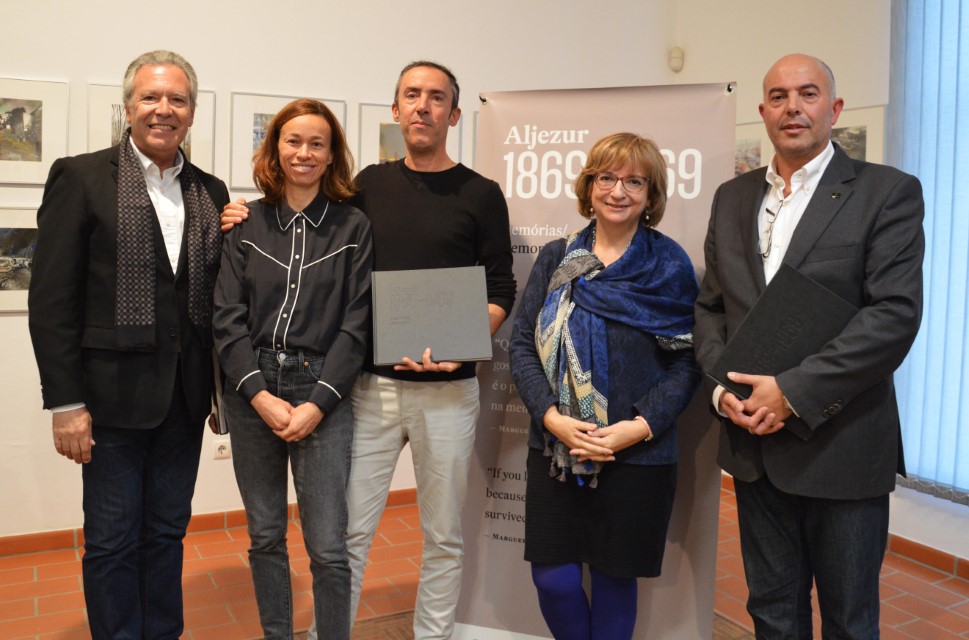
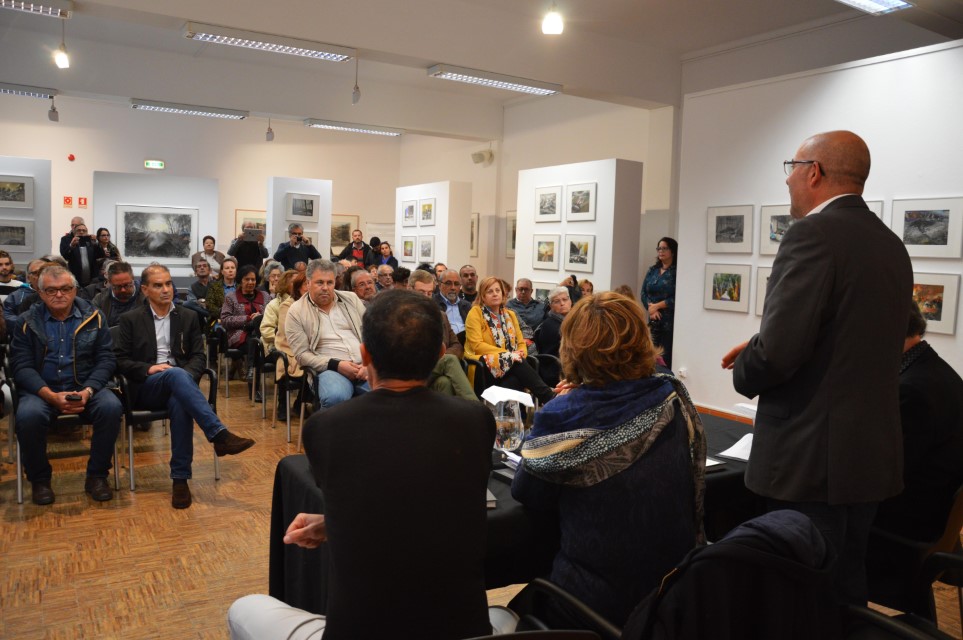
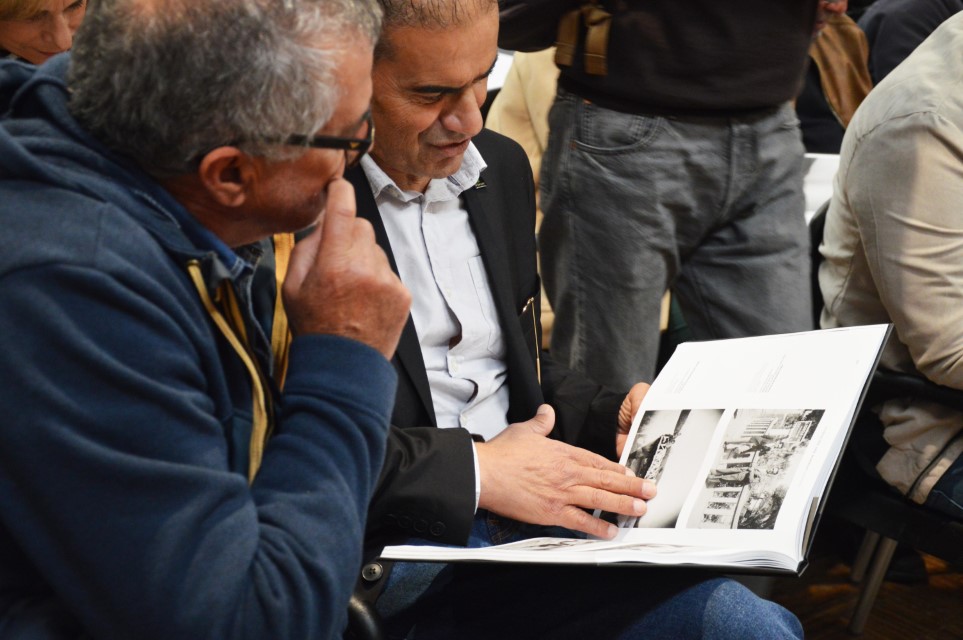
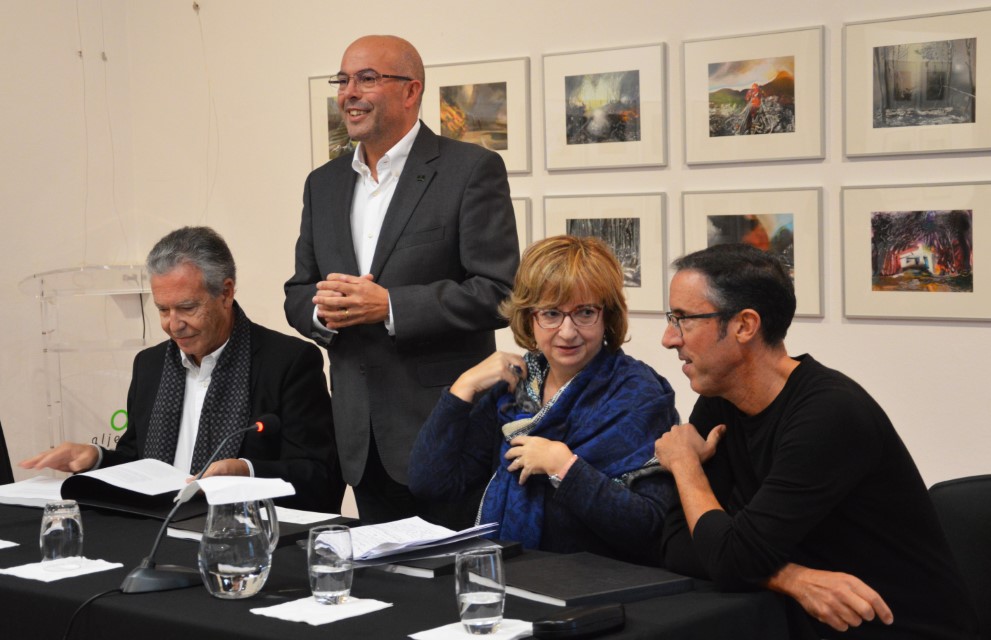
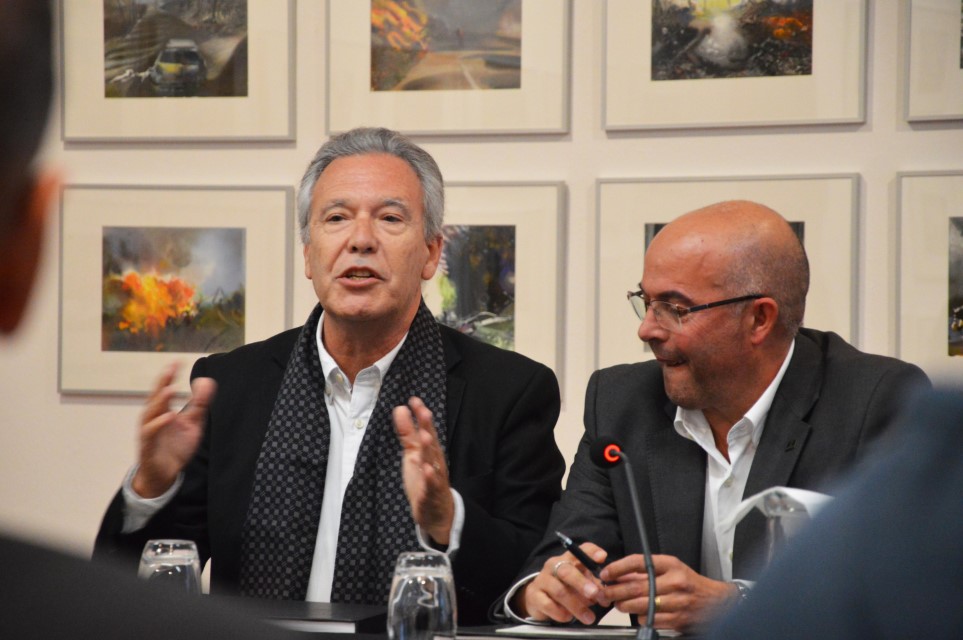
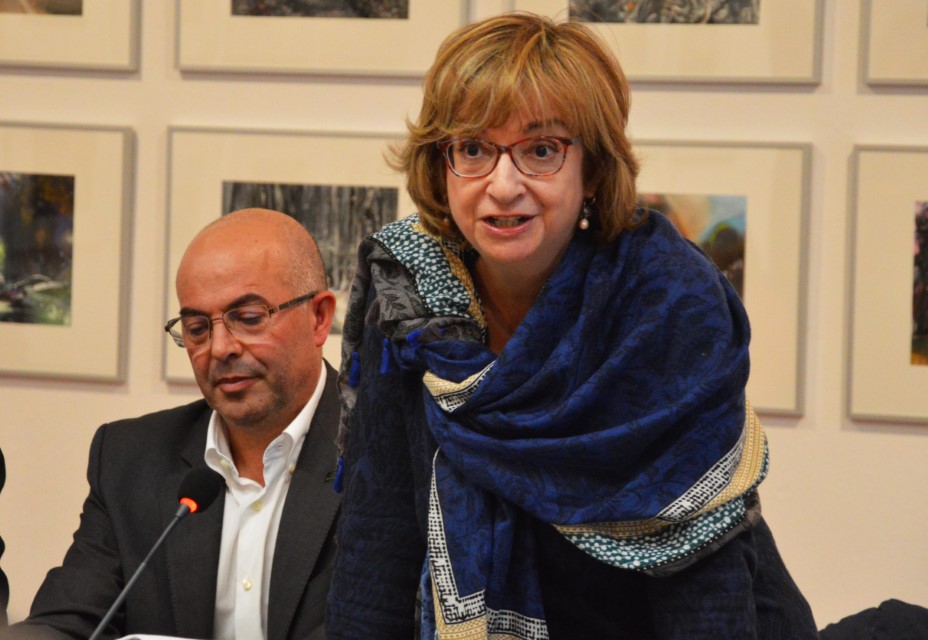
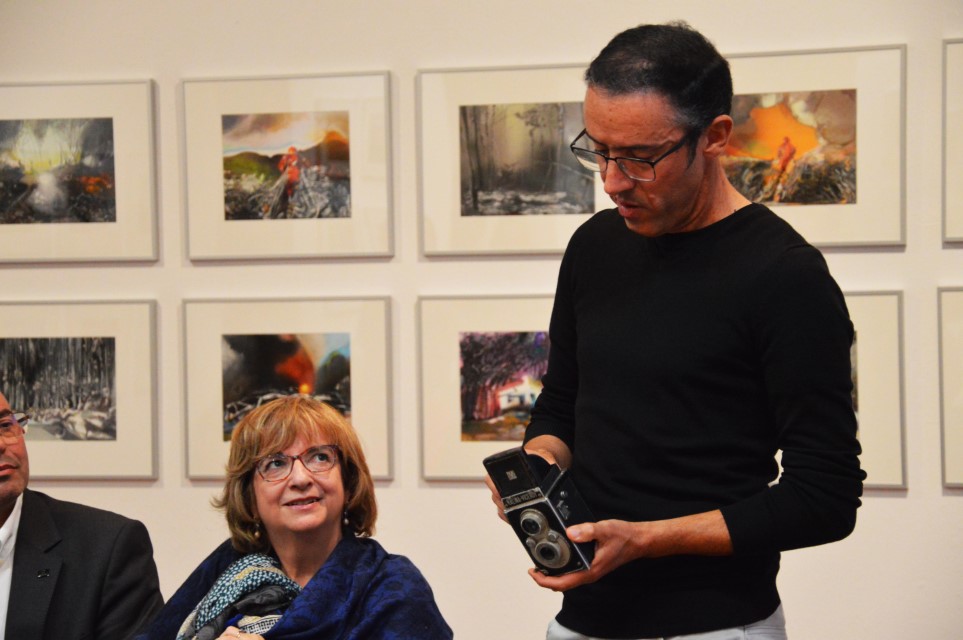
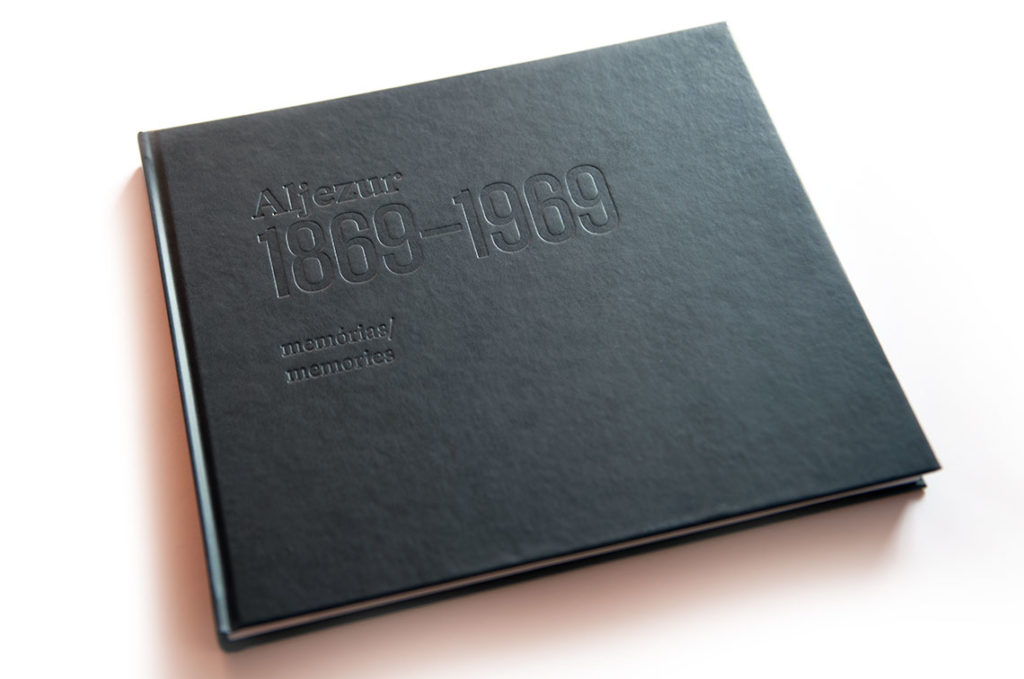
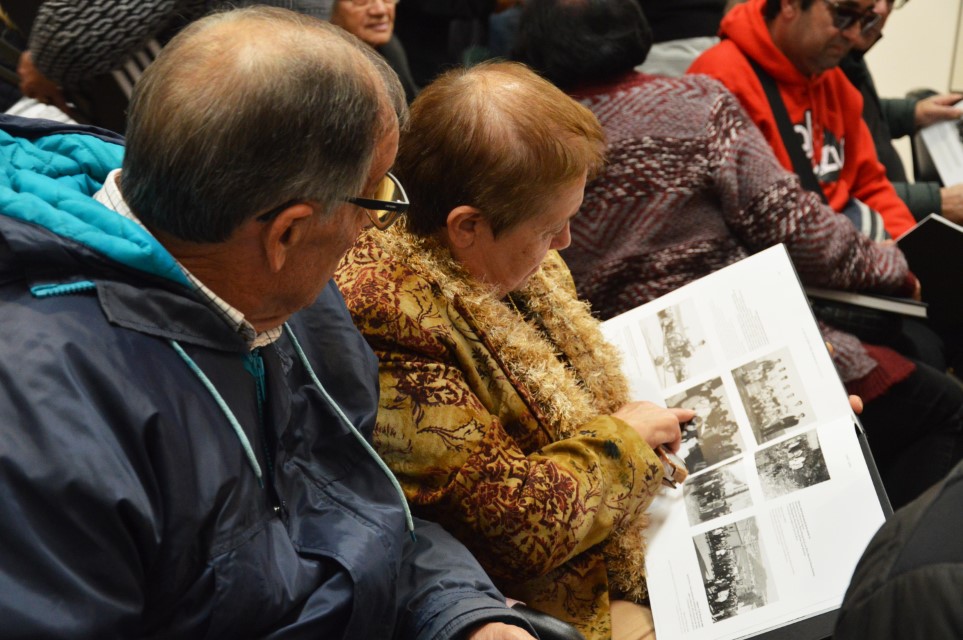
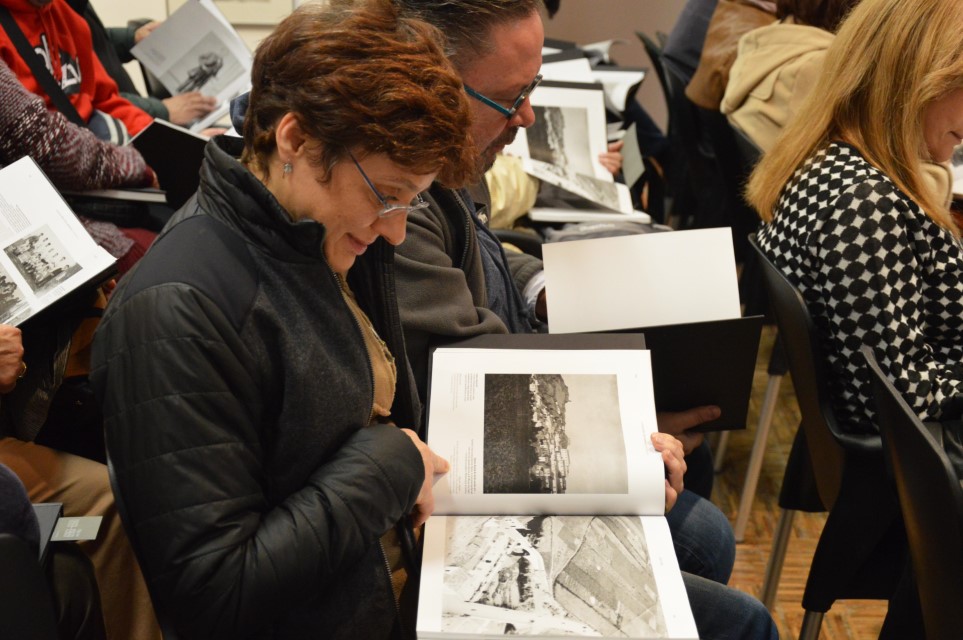
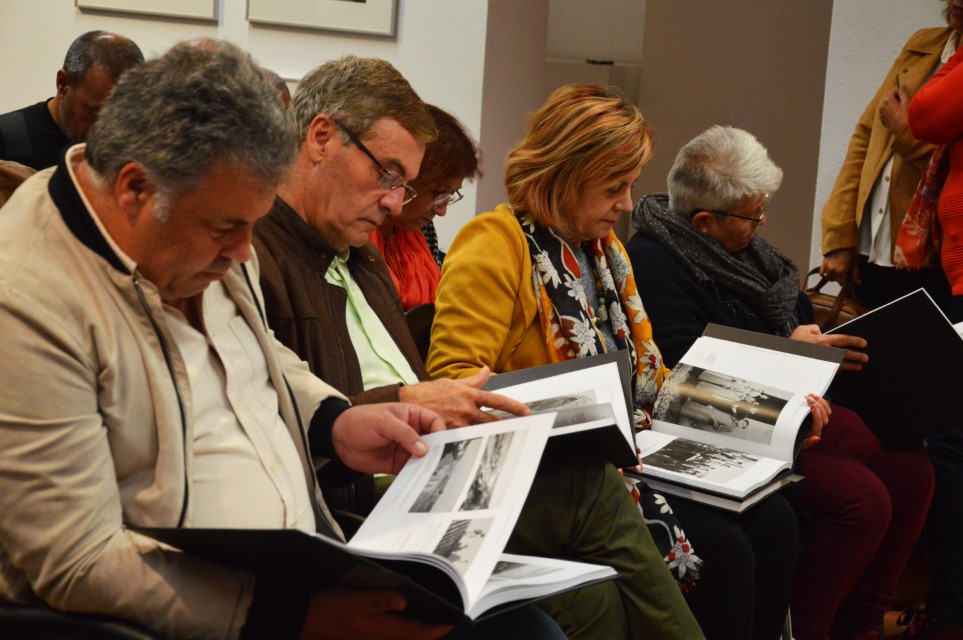
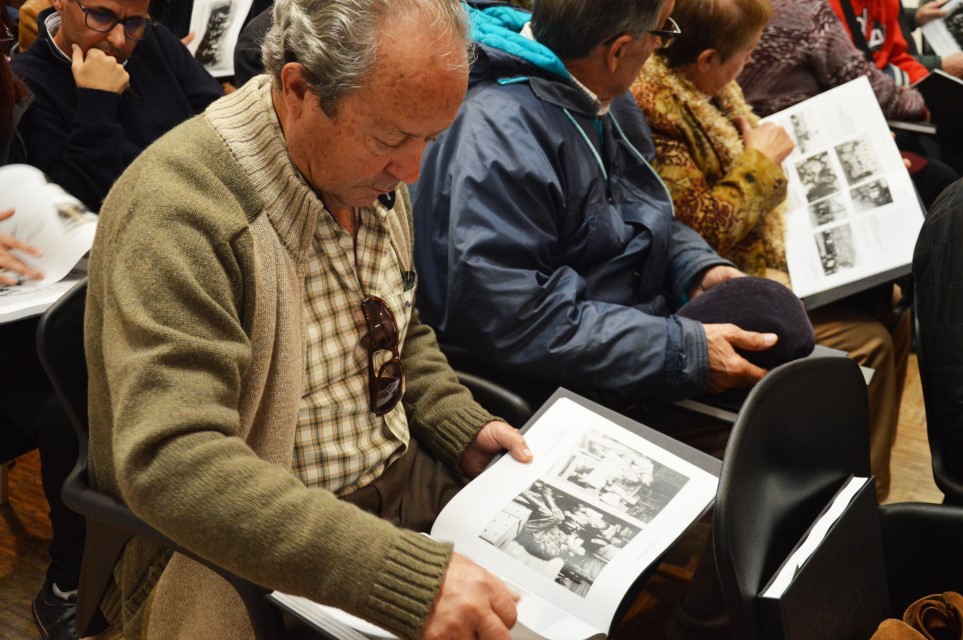
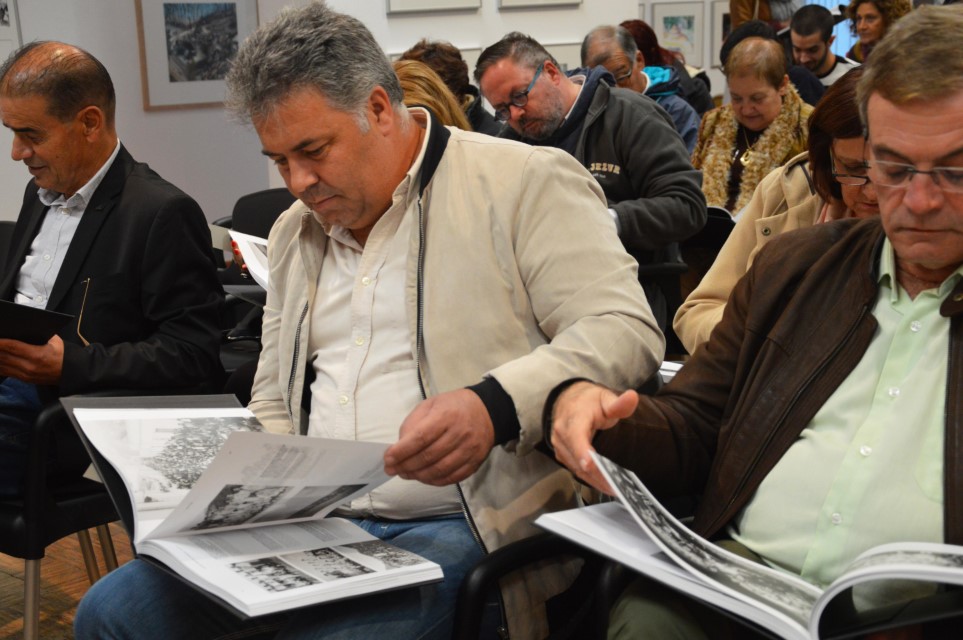
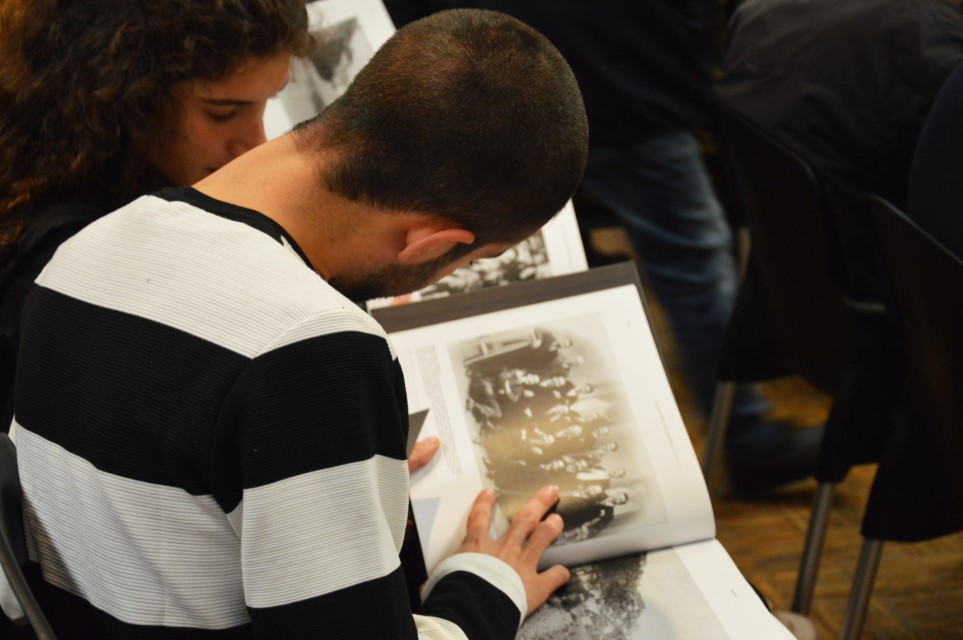
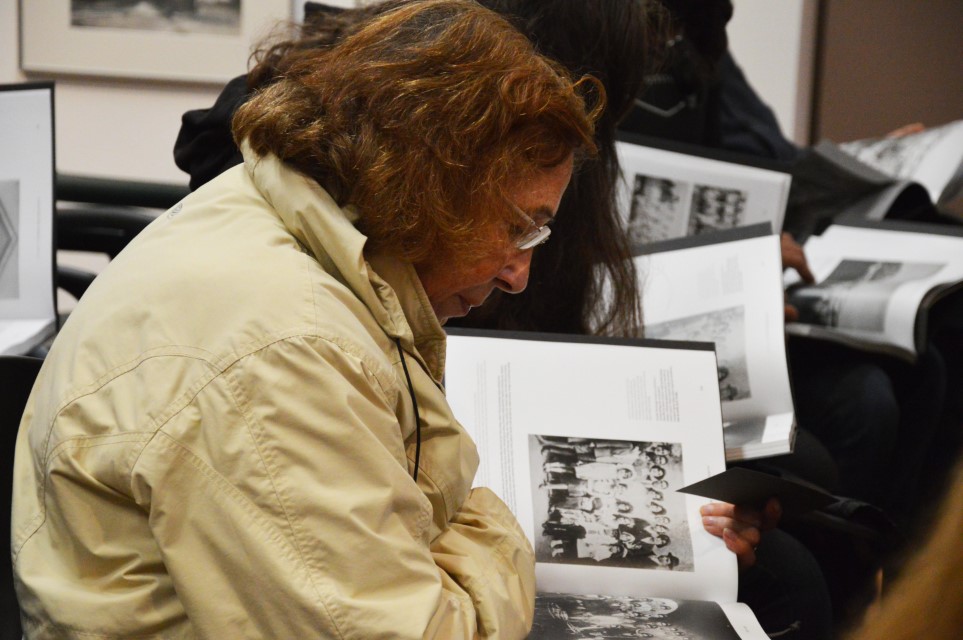
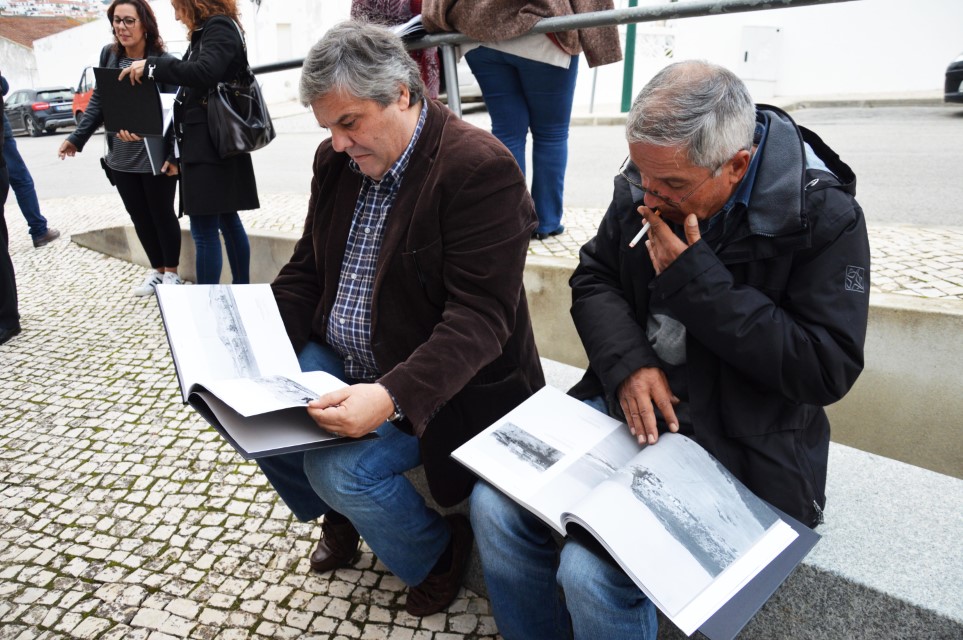


















Comments